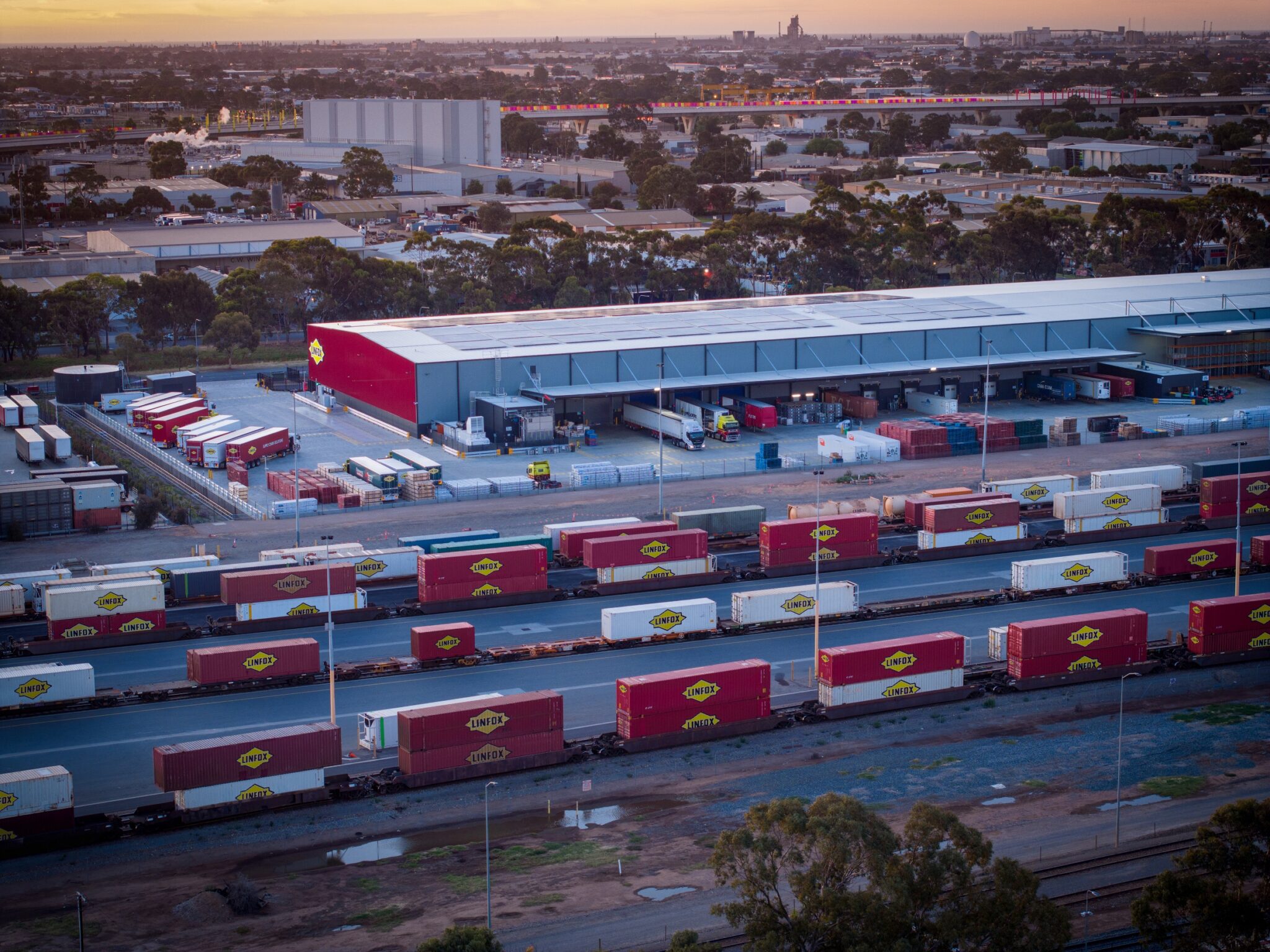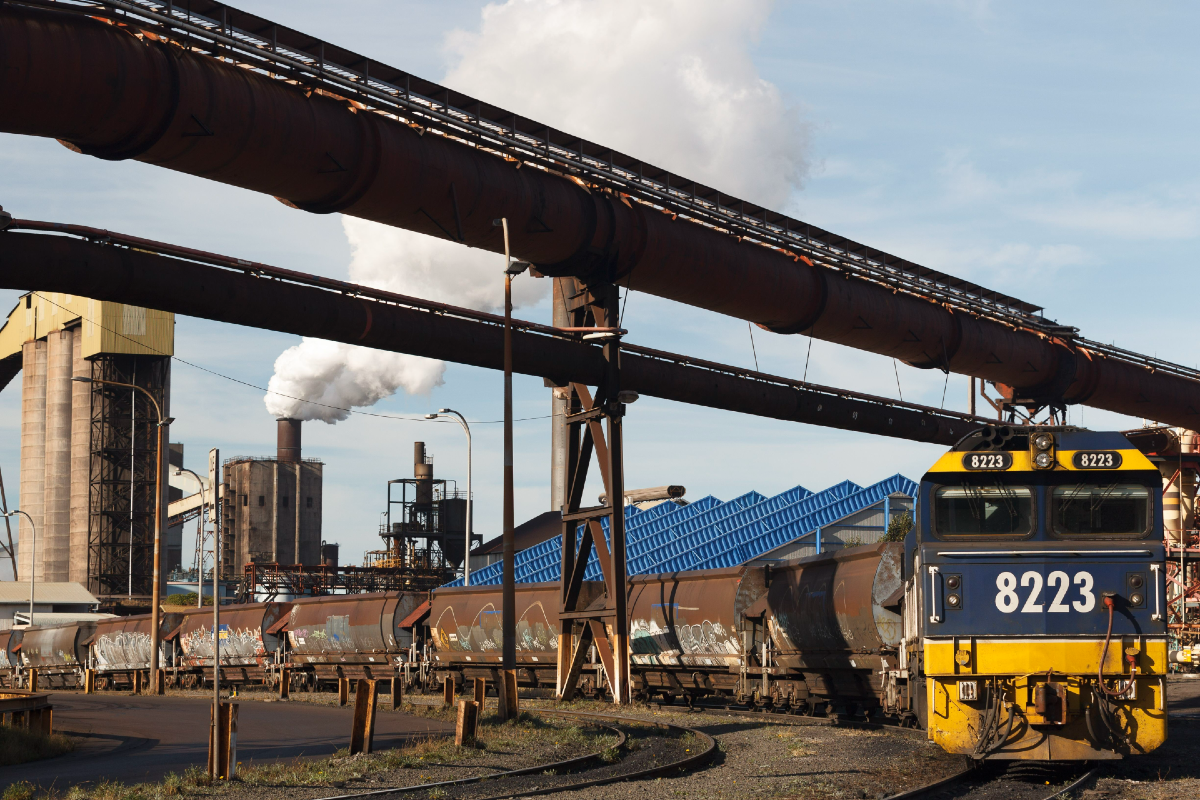Linfox has been “let down” by the fragility of Australia’s rail networks and some of the logistic group’s customers now refuse to put goods on trains despite the benefit of lower carbon emissions, says chief executive Mark Mazurek.
“Rail plays a very important role, but it has let us down enormously,” Mr Mazurek told the Australasian Railway Association’s rail freight conference in Sydney on Tuesday. “Rail has lost a lot of trust over the last five to 10 years.”

In the 12 months to December 2023, there were 115 days when Linfox couldn’t rail goods on scheduled services followed by another 70 “lost” days this year due to floods, cyclones, bushfires, derailments and signalling problems, which Mr Mazurek blames on “underinvestment in rail infrastructure”.
“When we can’t get it on rail, it’s got to go on road, so we develop a network around road that is really efficient and works, and customers go: ‘Don’t put me back on rail,’” he said.
While most of the goods that Linfox transports between Perth and east coast cities, as well as between Adelaide and Darwin, go on trains, goods moved between Melbourne and Sydney, and Melbourne and Brisbane, mostly go on trucks.
Linfox uses trains provided by rail freight companies Pacific National and Aurizon but owns some 5500 containers including refrigerated boxes, but these require electricity that creates carbon emissions.
Linfox has been trying to reduce carbon pollution but still emits some 200,000 tonnes annually, Mr Mazurek said. About three-quarters of the emissions are from diesel fuel.
“We’re at the point where it’s very, very difficult to abate diesel emissions, so moving to rail for us is part of our strategy and part of our future,” he said, adding delays to the construction of the 1600-kilometre Inland Rail routebetween Melbourne and Brisbane will also slow down Linfox’s emissions reductions plans.
When the Inland Rail section from Melbourne to Parkes in NSW opens, the logistics group aims to put as many goods as it can on the route, but it currently doesn’t make commercial sense to rail freight between Sydney and Melbourne, Mr Mazurek said.
Former investment banker Kerry Schott, who is helping the NSW government develop a new freight strategy, on Tuesday urged freight operators to take advantage of open-access intermodal terminals like Moorebank in southwestern Sydney. The port shuttle from Moorebank to Port Botany wasn’t being used much, Ms Schott said.
“I would encourage everybody to start putting their hand up and say, ‘we want to go in there,’” she said.
Mr Mazurek said Linfox couldn’t always afford to hang on for open-access intermodal terminals to be built, and that it wanted clean, modern facilities to attract workers, including women.
“We can’t keep waiting until someone tells us where to go, we have to make decisions in order to serve the day-to-day activities,” he said.
Linfox wants intermodal terminals built as close to the ends of rail networks as possible so containers can be taken off trains and put straight into warehouses or trucked immediately to final destinations.
The company’s new Adelaide rail freight hub, which opened in December, “looks like a hotel when you walk into reception”, Mr Mazurek said. “It’s got good amenities, people want to work there.”
A report from Ms Schott and other advisers on NSW freight reform, which will include a review of ports, is expected to be published later this week or next week.
A clause in a privatisation agreement arranged by former premier Mike Baird’s government when it sold Port Botany and Port Kembla for $5.1 billion in 2013 did not envisage the Port of Newcastle developing a massive container port “a la Port Botany”, Ms Schott said.
The clause had required the Newcastle port, which was privatised in 2014, to pay hefty fees if it developed a container terminal big enough to rival Port Botany and Port Kembla.
The NSW government scrapped the Port of Newcastle’s obligations to pay fees in return for a one-off $10 million compensation fee (payable in the future and to be adjusted with inflation) but the government is still on the hook for payments to the owners of Port Botany, with a Deloitte report previously suggesting the cost could be up to $4.3 billion.
Ms Schott said the clause’s impact “may not be as bad as some people might like to imagine” because big ships were likely to stop in one place rather than ports around the country.
Source: AFR



